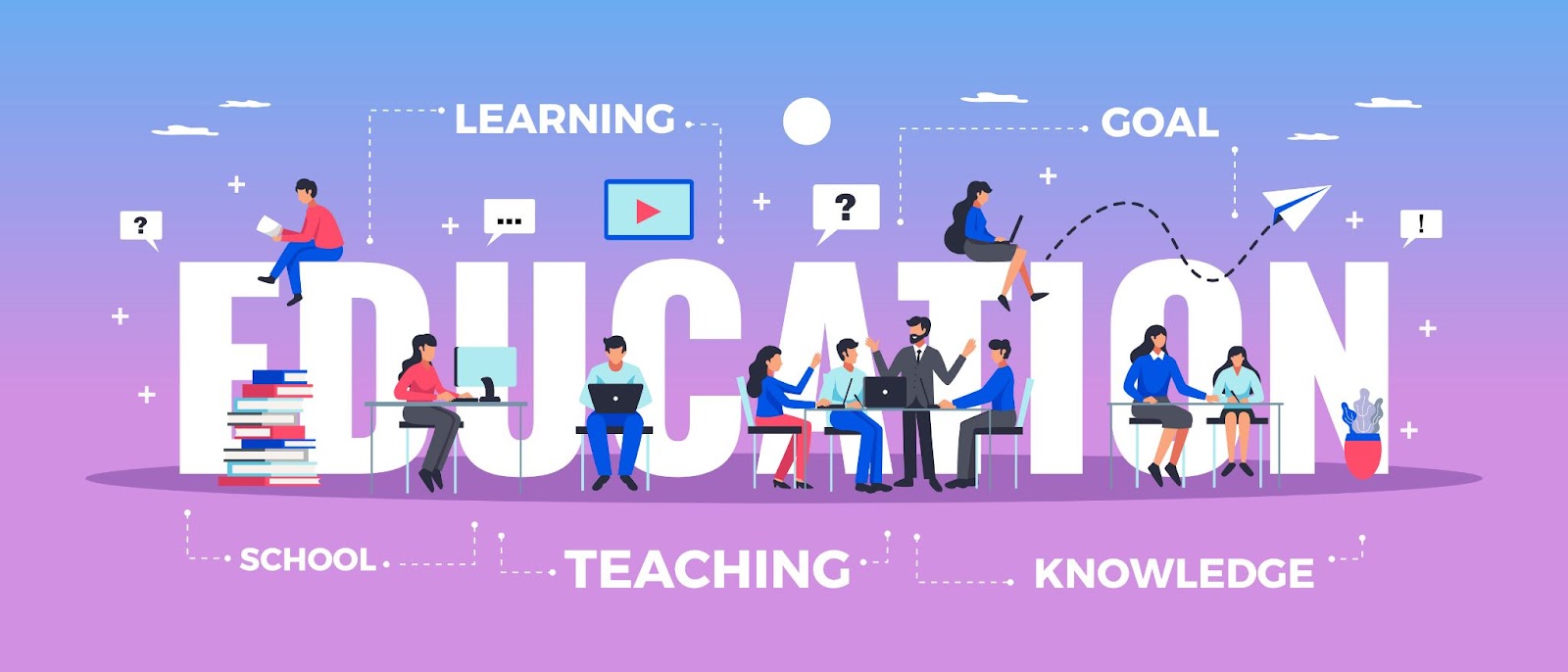In modern times, there has been a continuous increase in the number of deaf individuals who can get past elementary education. They get thoroughly educated and also major in different fields, although their population remains lower than the hearing populace.
The same goes for various job opportunities that have become available for deaf individuals in recent times. Who and what is responsible for these changes, and what more can be done to maintain these developments? Keep reading as we take a look at these and more in this article.
Methods of Education For the Deaf
Deaf individuals are usually taught using two major methods. These methods can be used in combination with each other or singly.
One of the methods is known as manualism. It involves the use of sign language to teach deaf individuals. In this case, they are not forced to understand sound and word patterns. Unlike oralism, which deals with educating the deaf via speech (spoken languages, movements of the mouth, and lip reading). These two methods have their pros and cons.
Education Statistics Among the Deaf
Image by iconicbestiary on Freepik
To prove that education among the deaf is growing, 2017 statistics showed only a 5.7% gap between the number of high schools’ deaf graduates and their hearing counterparts. Where 89.7% of hearing adults completed their high school education, 83.7% of deaf adults were recorded to have completed their high school education.
The higher educational gap that exists though can be found in the attainment of a bachelor’s degree. Where 34% of hearing adults complete their bachelor’s degree education, only 18.8% of deaf adults complete theirs. Why does this gap exist?
Reasons for Continuous Education Gap Between the Deaf and Hearing Individuals
- Non-Uniformity in Learning Methods. One major reason for this continuous education gap that exists between the deaf and hearing individuals could be these deaf individuals do not have a unified learning method, unlike the hearing population. Educating the deaf will always require more arrangements than educating the hearing population.
- Poor Investments. As a result of the non-uniformity in learning methods that are associated with deaf education, many institutions are only comfortable with giving the barest minimum, and you discover that the barest minimum still falls short of what is required for deaf individuals to compete with those who can hear.
- Personal Struggles. Sometimes deaf individuals struggle with low self-esteem coupled with some societal stereotypes and pressures to the extent that they no longer desire to put themselves out there and give what it takes to compete with their hearing peers.
Inside these reasons lie the solutions. Deaf individuals must make conscious efforts to see themselves as equals to the hearing population. Being deaf does not imply that they are disabled and are at a disadvantage.
Except certain societies and institutions do not see anything wrong in them being unable to have an all-inclusive education, deliberate and continuous efforts must be made on their parts to ensure that deaf individuals are at par with their hearing peers on all levels because whether they like it or not, a lot of potentials rest in the Deaf population. This takes us to the issue of employment
ASL’s Importance in Facilitating Deaf People’s Access to Education
ASL creates a pathway for a deaf child’s communication skills and mode of expression which are essential tools for them to embrace education at different levels. Since ASL is becoming widely used, deaf individuals not only become aware that there are no boundaries to what they can study and achieve, but they are also strengthened by this knowledge and take more chances in accessing the educational resources available to them.
What is the Link Between Education And Employment?
Image by rawpixel.com on Freepik
No doubt a link exists between one’s education and one’s employment. Through education, one gain;
- A set of specialized skills, knowledge, and experience that sets people apart from those who are uneducated.
- Critical thinking. The ability to properly analyze decisions and situations before concluding is a skill that is thoroughly sharpened through education. This especially applies to those who get themselves involved in systematic learning that schools and educational institutions provide.
- Networking Advantage. As people advance in their educational attainment, they are surrounded by a network of people that are higher placed in various sectors of the economy. For example, Students taught by a professor stand more chances of having a long intellectual discussion with him than the person who delivers his newspaper.
Now, do you remember the statistics of the deaf and hearing people who get past having high school diplomas? Do you think they have a higher chance of being employed or not? And for those who end up completing their college degrees, what are the chances of them securing jobs when they have their hearing peers to compete with, and the challenge of hearing loss in a hearing world to deal with?
Deaf Population in Employment
Image by Freepik
In Statista, a 2017 statistics showed the rates of employment of the deaf and hearing in the United States. While 53.3% of the deaf are employed, 75.8% of hearing people are employed. 42.9% of the deaf are not in the labor force whereas only 20.8% of hearing people are not in the labor force. And where there are 3.8% of deaf people unemployed, 3.4% of the hearing population are unemployed. Sad, would you not say?
You will be surprised to learn that the UN estimates that unaddressed hearing loss costs the world $750 billion annually. What does this say about educating and empowering the deaf?
Work Sectors Where Deaf People Find Themselves
Despite the setbacks, educational attainment for the deaf still progresses, and as a result, there are lists of sectors that provide opportunities for deaf people. They include:
- Healthcare (occupying the roles of researchers in research laboratories, sonographers, medical illustrators, and specialized doctors)
- Childcare (as educators or counselors)
- Law and human services (as lawyers or social workers)
- Manufacturing and construction
- Engineering and Information technology.
- Business Administration and Finance
- Art and Photography
- Writing Industry
- Interpreting services
- Special Education etc.
Conclusion
Encourage the deaf individuals around you to keep taking forward steps toward obtaining the highest degree of education they desire. They should not feel intimidated by the hearing populace because they are valued as individuals in themselves.
Learning ASL yourself is another way you can inspire them. Let them know how eager you are to understand them by utilizing their means of communication. You can register at SignBee Academy to receive some ASL learning resources that will help you.
Thumbnail Photo Credit to: Image by macrovector on Freepik






